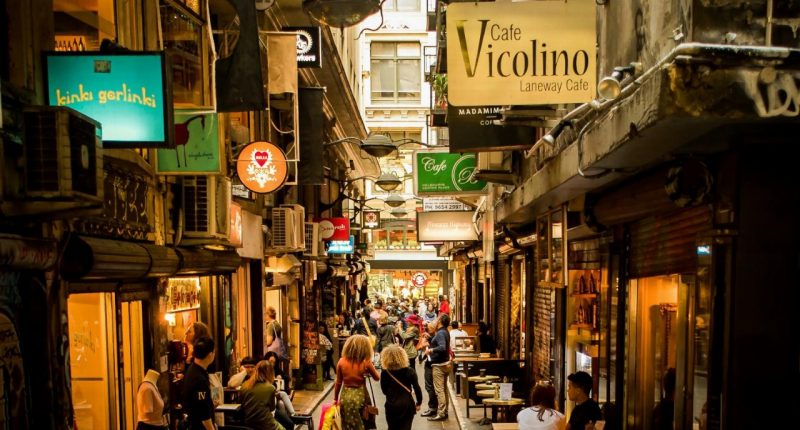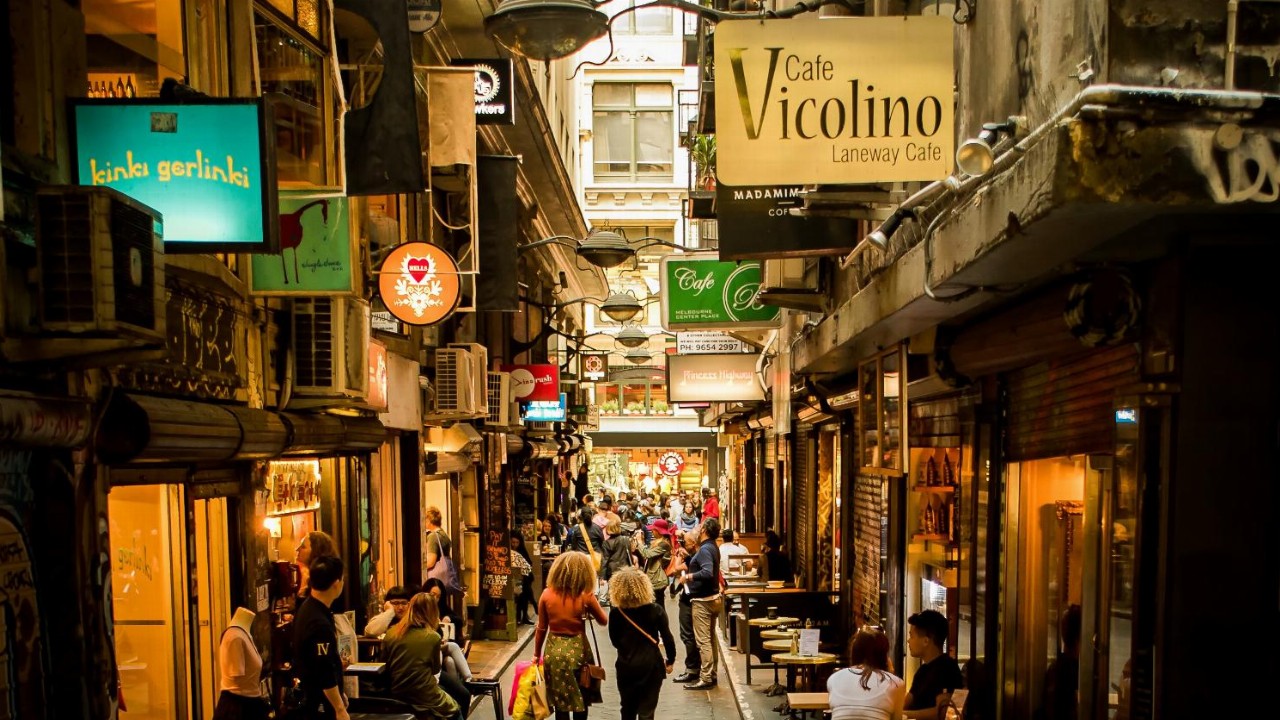- New data from the Australian Bureau of Statistics shows household spending around the country rose by 6.6 per cent over March compared to the same time last year
- It comes despite surging petrol prices on the back of the Ukraine-Russia military conflict and marks the third consecutive increase in monthly household spending in 2022
- Increased spending on recreating and culture drove the spending growth, up 17.8 per cent around the nation, with spending on clothing and footwear up 15.2 per cent
- ABS Head of Macroeconomic Statistics Jacqui Vitas says household spending increased in seven of the nine measured spending categories
- At a state level, Victoria and Queensland both posted 8.5 per cent increases in household spending through the year, topping all other states
New data from the Australian Bureau of Statistics shows household spending around the country rose by 6.6 per cent over March compared to the same time last year.
It marks the third consecutive increase in monthly household spending despite the impacts of the Omicron variant of COVID-19 in many parts of the nation.
It also comes despite the beginning of soaring petrol prices following Russia’s February military invasion of Ukraine.
According to the ABS data, spending on recreation and culture increased the most over March, up 17.8 per cent compared to the year before. The clothing and footwear sector was a close second, up 15.2 per cent. Spending on transport increased by 12.5 per cent.
“Household spending increased in seven of the nine spending categories in March 2022, compared to March 2021,” ABS Head of Macroeconomic Statistics Jacqui Vitas said.
“The only categories with decreased spending were alcoholic beverages and tobacco (-16.5 per cent) and health (-2.3 per cent).”
While the spending boost can largely be attributed to the ongoing recovery from pandemic-induced lows, the ABS said March monthly spending was still higher than January 2020 estimates by some 8.8 per cent.
At a state level, Victoria and Queensland both posted 8.5 per cent increases in household spending through the year, indicating the unwinding of COVID-19 restrictions in two states that have each been heavily impacted by the virus
Western Australia posted the smallest increase in household spending at just four per cent as it introduced fresh COVID-19 restrictions even as other states were dropping theirs.
WA opened its borders for travel from interstate and overseas visitors at the beginning of March, but with the opening of the borders, new mask mandates, vaccine requirements, and venue capacity limits were introduced.
These rules have since largely been relaxed in WA.







